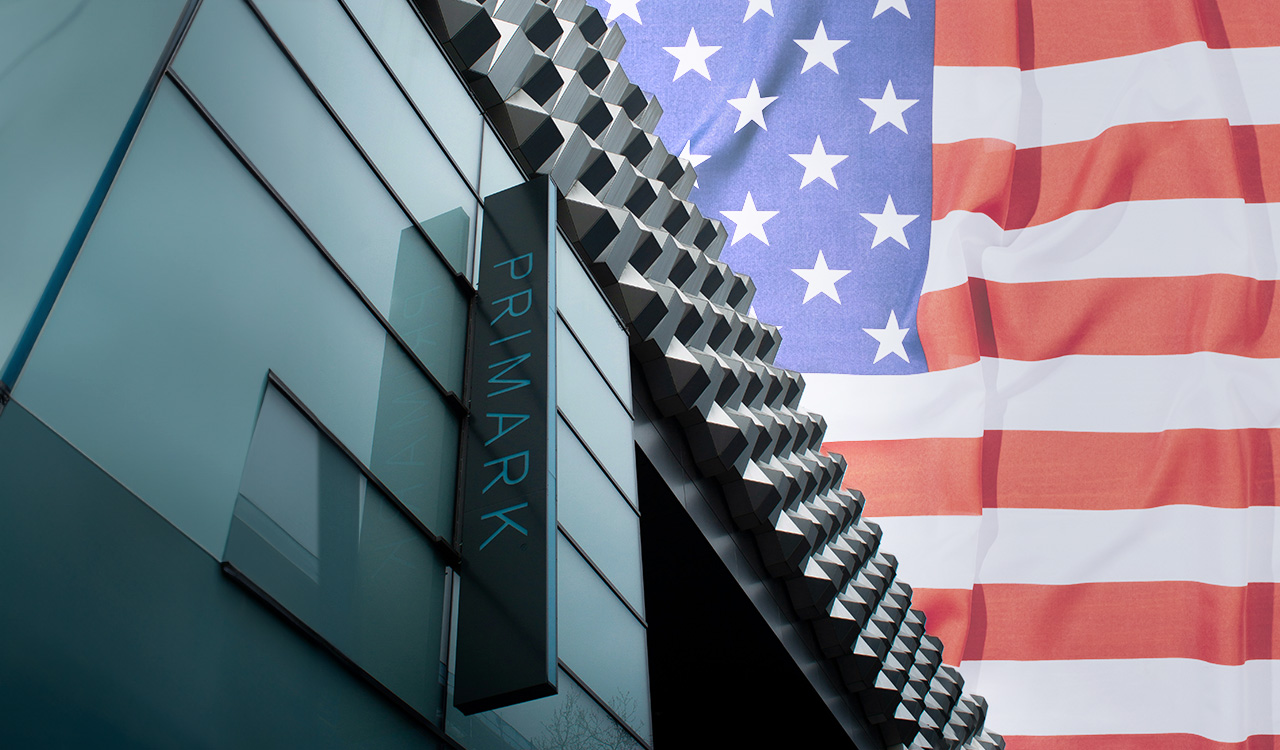The next seven years are going to be tough for retail. A sweeping restructuring and downsizing of physical retail will occur through 2026, as the penetration of online retail rises to 25 percent from its current 16 percent market share. Called \”store rationalization\” in an analysis from UBS, it predicts that with each one percent increase in online penetration, some 8,000 to 8,500 stores will need to close. Get it here : https://www.ubs.com/us/en.html
At its current rate that means some 75,000 stores will be forced out of business by 2026, or about seven percent of the 1,044,754 retail establishments in the U.S. today.
With 75,000 stores closing over the next seven years, that translates to nearly 11,000 stores shuttered per year-or nearly double the rate of store closures recently.
Through the first 15 weeks of 2019, Coresight Research reports its sample of select retailers announced 5,994 store closures. That exceeds the 5,864 stores closed in all of 2018.
Confronting Retail\’s Future with Eyes Wide Open
Retailers, large and small, are in real danger of getting swept under by the rising tide of e-commerce, especially by Amazon, which is predicted to account for nearly half of U.S. e-commerce sales by 2026. To help retailers avoid that fate, BDO recently conducted a study among 300 C-level retail executives, headed up by the company\’s national leader for retail and the consumer product industry group, Natalie Kotlyar. She also works as an audit partner, so she has a unique perspective about the challenges retailers face.
\”Given that the tide is turning in retail, we conducted this first study to help retailers understand what it takes to be successful today, or to thrive, as oppose to being mere survivors,\” she shared with me. Anticipating further retail disruption and a market correction ahead, Kotlyar believes, \”What worked to keep businesses afloat in 2018 may not be enough once that correction hits and retailers that are just surviving today could find themselves in trouble.\”
How to Thrive Instead of Merely Survive
The BDO analysis focuses on the differences between retailers in two groups: Thrivers (37 percent of those surveyed) and Survivors (the majority or 54 percent). However, these labels were self-assigned, so respondents may have expressed some wishful thinking in selecting those descriptors.
Also, Kotlyar says some retailers may have mixed prospects with some parts of their businesses thriving, such as the e-commerce stream, and others struggling or merely surviving. \”I was surprised that about 80 percent of the ecommerce pure plays in the survey all reported they were thriving.\” She further qualifies the survey as applying to mid-sized retailers in the $5 to $350 million range, not the giants like Walmart or Target. But she adds, \”In my practice, there are a lot of big retailers that are struggling, so they may need to drill down into these findings to see how smaller companies, which may be the size of some of their struggling divisions, can thrive. There is learning for all, I believe.\”
The study defines what makes the Thrivers thrive and the Survivors merely treading water.
Portrait of Thrivers as Compared with Survivors
- Thrivers tend to congregate in the e-commerce and specialty areas of retail, whereas there are virtually no e-commerce pure-plays in the Survivors group. Some 29 percent of Thrivers are pure-play ecommerce retailers and 23 percent are specialty retailers, with 18 percent big-boxes, 13 percent discount retailers and 12 percent department stores rounding out that group.
- The plurality of Survivors are department stores (29 percent) with specialty, discount and big-box retailers equally distributed at 22 percent each.
- Thrivers are by nature digitally-savvy and e-commerce centric. \”Today retail and technology are crashing into one another,\” explains Kotlyan. \”We live in a techno-retail world and Thrivers are investing in technology, not just to stay competitive but they see it as an emerging opportunity.\”
- Survivors view technology as a tool to solve immediate problems. \”It\’s like they are looking back, identifying a problem and applying technology to solve it, but nothing more.\”
- In other words, Thrivers use technology and data strategically, whereas Survivors use it tactically. \”Everyone is gathering big data, but the question is not how big the data is, but how big they act upon the insights coming out of the data.\”
- Thrivers use the data differently, analyze it more deeply and act upon it proactively. \”Survivors look at the operational data, the customer data and financial data, but are just not reacting to it like Thrivers. Thrivers are much more nimble,\” Kotylar shares.
Jack Be Nimble, Jack Be Quick
Nimbleness, or lack thereof, is what Kotylar believes separates the Thrivers from the Survivors. The nimble Thrivers control their destiny by powering product and pricing strategies with data and forward-looking strategies. They take risks, read the results and adjust accordingly.
- Thrivers get the jump on Survivors, who lag behind operating in a wait-and-see mode, not thinking beyond the next quarter or two. Survivors are invested in the status quo and here-and-now, not in the future. They avoid risk.
- Survivors believe as a group the worst of retail\’s upheaval coming out of the Great Recession is over and things are returning to business as usual. Tellingly, some 68 percent of Survivors believe bankruptcy activity will remain on par in 2019 as compared with 2018.
- Thrivers on the other hand are actively planning for the next market correction with 41 percent of them thinking bankruptcy activity will pick up pace in 2019. As a result, they are shoring up the weak links in their business, thinking long term and always looking at how to propel their businesses forward.
\”This directly ties to how they use capital,\” Kotlyar says. \”Survivors use capital to survive and support day-to-day operations and inventory flow, whereas Thrivers are looking to invest in areas that will move them forward. They are investing in their future and anticipating consumer needs and desires ahead of the curve.\”
Taking the Blinders Off
Survivors need to take their blinders off and stop focusing on the trees and look at the forest. Survivors need a course correction to \”make the hard choices before they\’re made for you,\” Kotylar advises. Thrivers have seen the future and are well on their way to adapting to the post-apocalyptic retail world. For Thrivers it is out with the old, in with the new.
\”The majority of retailers are stuck in survival mode,\” Kotlyar warns. \”Playing catch up in perpetuity is preventing retailers from seizing new opportunities and leapfrogging the competition. It\’s time for retailers to get rational: Scale with stability. Focus with foresight. Invest with intention. Industry dynamics will inevitably favor those who are thinking long-term,\” Kotlyar advises. \”Thrivers have the data, know how to read it and are not afraid to act on it to propel their business forward. Survivors are focused on the here and now, which means they will be left behind as the pace of change accelerates, because it surely won\’t slow down.\”




